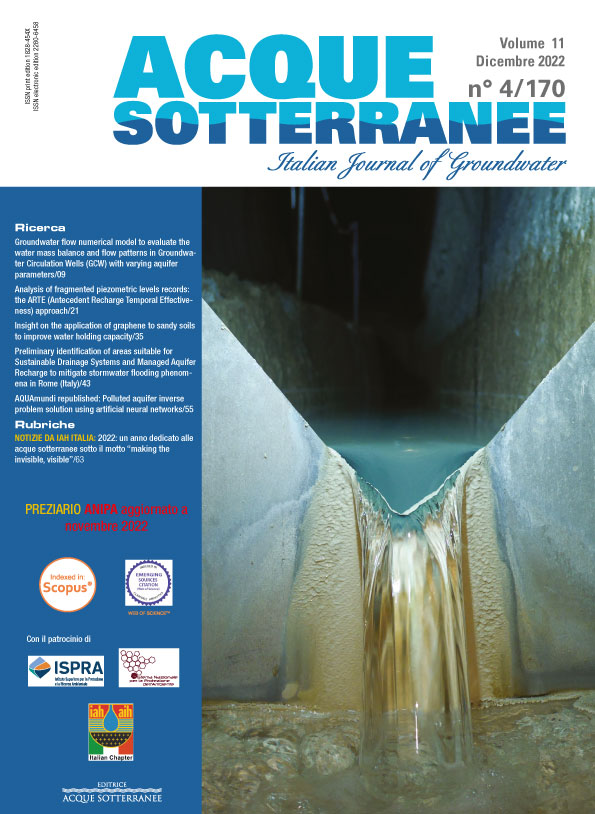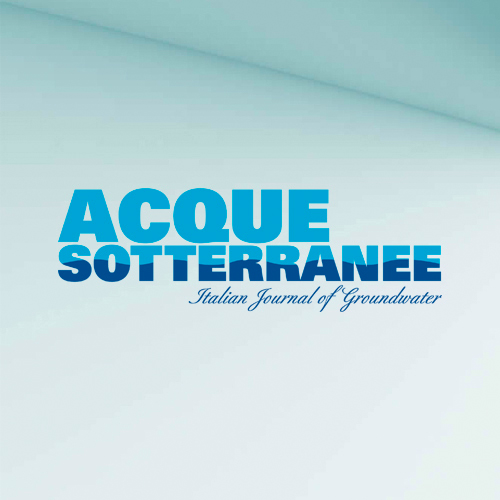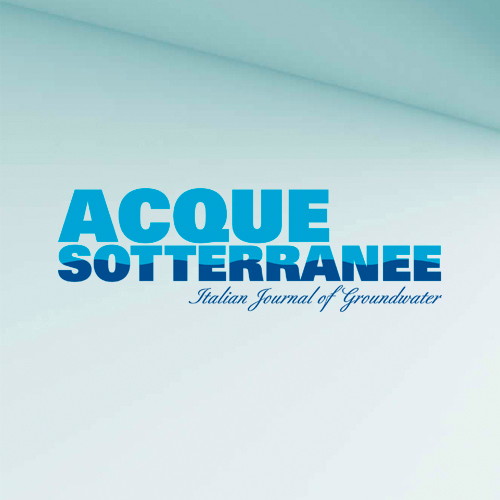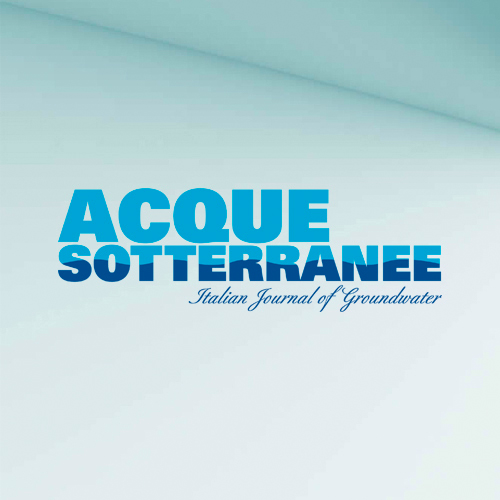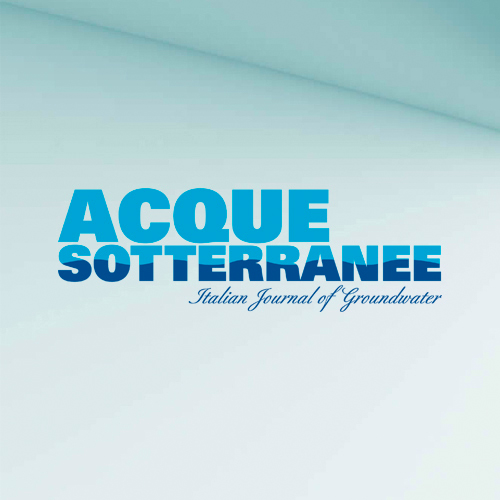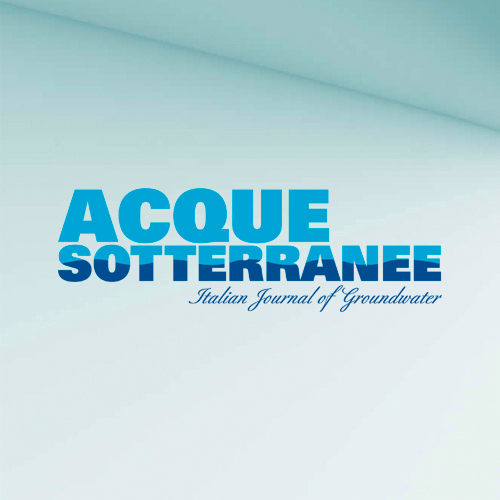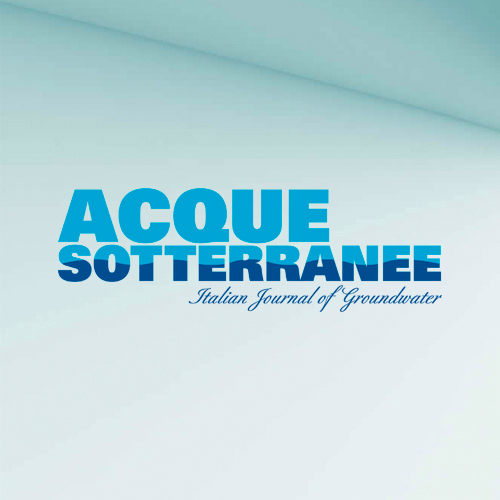Groundwater flow numerical model to evaluate the water mass balance and flow patterns in Groundwater Circulation Wells (GCW) with varying aquifer parameters
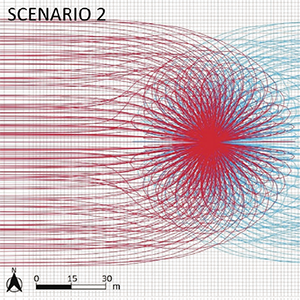
All claims expressed in this article are solely those of the authors and do not necessarily represent those of their affiliated organizations, or those of the publisher, the editors and the reviewers. Any product that may be evaluated in this article or claim that may be made by its manufacturer is not guaranteed or endorsed by the publisher.
Authors
Groundwater Circulation Wells (GCW) can be an effective in-situ remediation option allowing high mass recovery of contaminants in cases where contamination hotspots are located in saturated soil having low hydraulic conductivity. Traditional treatment options such as Pump&Treat, Air Sparging (AS)/Soil Vapor Extraction (SVE) and Multi Phase Extraction (MPE) typically require long operation times and significant costs for long-term plume management. GCWs induce meaningful changes in the groundwater flow introducing vertical flows both downward and upward, generating a “circulation cell”, which facilitates contaminant desorption from the soil. This study aims to understand the effects of a GCW on an aquifer in terms of both groundwater flow directions and water balance. A groundwater numerical model was built using MODFLOW-2005 to simulate the effect of the hydraulic parameters of the aquifer on the hydraulic circulation pattern of the GCW. The use of particle tracking simulated by MODPATH 7 showed the circulation cells and the impact on groundwater directions induced by different configurations of hydraulic parameters. The water flowing into the cell comes from both the injection well and the surrounding aquifer and the model shows how the hydraulic parameters of the aquifer, in particular the horizontal and vertical hydraulic conductivity, have a paramount influence in determining the shape and dimension of the circulation cell. A water mass balance analysis was carried out. It allowed to predict the groundwater flows exchanges between the GCW system and the surrounding aquifer, and to verify the sensitivity of the water budget to specific aquifer parameters. The results of this study are useful for further understanding the hydraulics of a GCW remediation system in order to support the design and to predict its performance.
How to Cite

This work is licensed under a Creative Commons Attribution-NonCommercial 4.0 International License.
PAGEPress has chosen to apply the Creative Commons Attribution NonCommercial 4.0 International License (CC BY-NC 4.0) to all manuscripts to be published.


